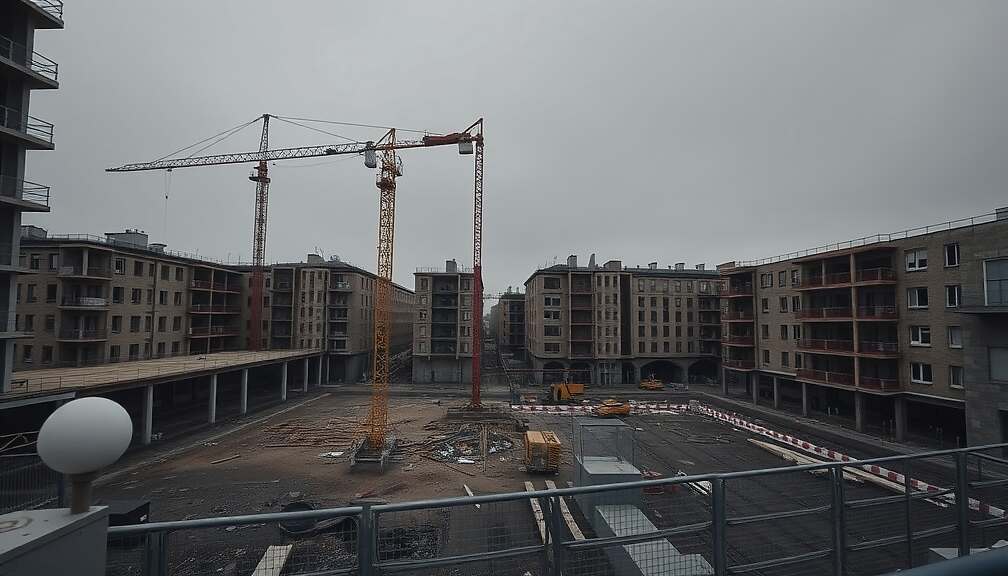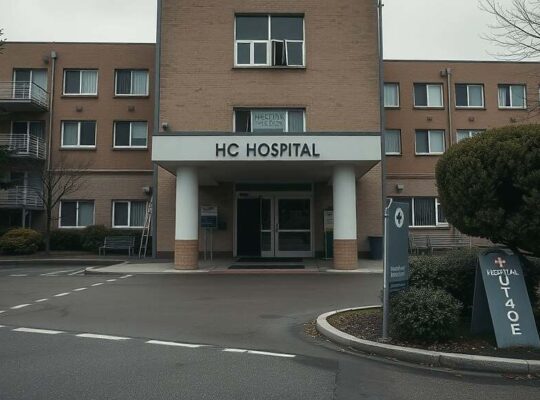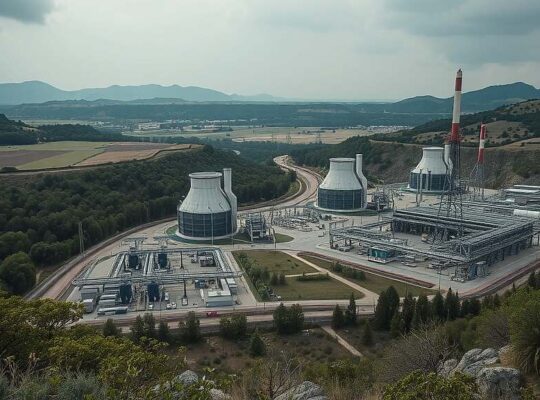Construction of new homes across Europe is projected to decline in 2025, reaching 1.46 million units, a decrease from the 1.55 million completed in 2024. Forecasts from the EuroOCONSTRUCT research group, affiliated with the Ifo Institute in Munich, indicate only a slight rebound to 1.51 million units in 2026.
The slowdown is attributed to a confluence of factors impacting construction activity in numerous countries. Increased interest rates, reduced consumer purchasing power, significantly elevated building costs and shifts in government support programs and tax policies are all contributing to the downturn.
In Germany, the number of completed homes is expected to fall to 205,000 in 2025, representing a 19% decrease, with a further decline to 185,000 units anticipated for 2026 (-10%). According to Ludwig Dorffmeister, construction expert at the Ifo Institute, while the challenging market conditions persist, certain underlying factors – including financing options, real wages, property prices and achievable rental incomes – have shown some signs of improvement. A return to approximately 195,000 completed homes is not projected until 2027 and any potential “construction boom” is expected to have a limited impact on the overall housing supply.
Positive signals, though concentrated, are emerging from a few European nations. Construction is predicted to increase notably in the Czech Republic (+27%), Sweden (+21%) and Hungary (+20%) in 2025. However, a continued decline in construction is foreseen in ten countries, including France (-14%) and the United Kingdom (-10%).
When measured against population size, Ireland, Poland and Switzerland are expected to complete more than five homes per 1,000 residents in 2025. In contrast, Germany, the United Kingdom and Spain are expected to construct just over two homes per 1,000 inhabitants, while Italy is anticipated to lag behind with only 1.6 units per 1,000 residents.












